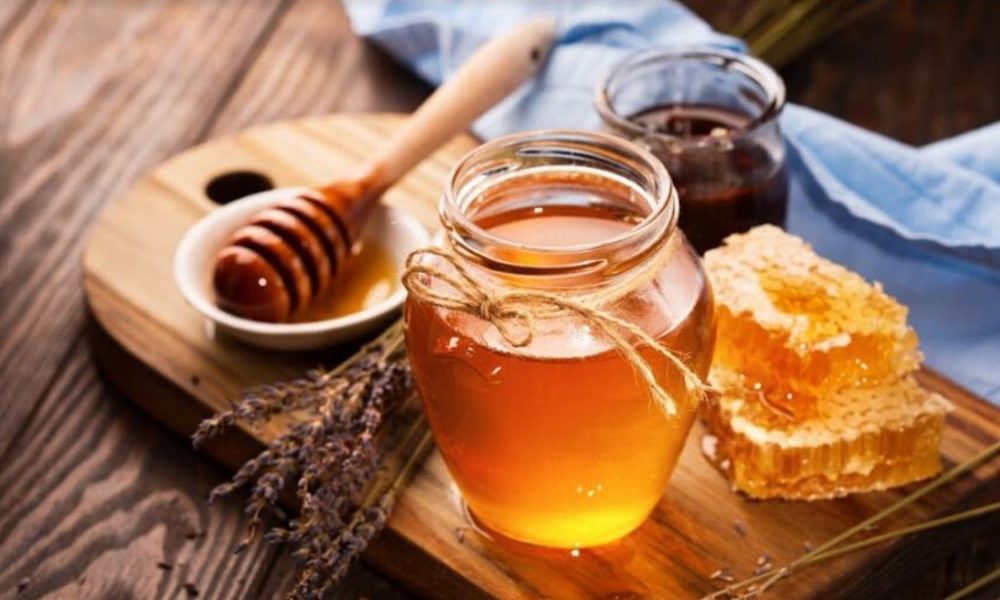Surfing the Internet on a relaxed morning this Sunday, a news article from Albania suddenly caught my eyes. Standing out from the routine death toll and the brouhaha surrounding the Covid-19 pandemic, the article enlightened how complete shutdown had led to “rebirth of nature and honeybees” in the Balkan state, where the population of bees and honey production had seen a drastic fall in the recent years.
Industrial lockdown in the country resulted in the highest honey production in the last 50 years, the article said. In no time, I could relate it to my recent tweet (20 May), predicting bumper production of honey in India due to a sharp decline in air and noise pollution since the lockdown was imposed. As people stayed indoors, it gave honeybees ample time and a perfect environment to work overtime and produce more honey.
There was no noise, no pollution, no pesticide spray and nothing that could disturb them. I didn’t have to travel any far to see the results. Overflowing bee boxes at the Khadi and Village Industries Commission (KVIC) office at Rajghat presented a pleasing picture. As compared to the usual 15-20 kg honey collected in each bee box every year, the quantity rose significantly to nearly 40 kg per box during this period of lockdown.
But as I have always maintained, honey production comes next to the larger benefit of beekeeping, i.e. protecting the honeybees for a sustainable ecosystem and food safety. During the lockdown period, clean air and lesser noise pollution in the urban context led to an increase in the number of bee colonies, as well as improved health of bees. The two factors are very crucial for ecology and food security. Rise in population of honeybees means increase in cross-pollination and the resultant higher farm yield.
Beekeepers in Delhi, Uttar Pradesh, Uttarakhand, Punjab and Himachal Pradesh have claimed that the overall honey production might go up by 30-40% this year. And speaking of the two-months period of lockdown, the quantity of honey has almost doubled as compared to the usual days. According to experts, improved air quality has resulted in abundance of pollen and nectar in the surrounding. At many places, including Delhi and Himachal Pradesh, honey harvest has also begun earlier than usual as bee boxes were filled with honey in a quick time.
Similar encouraging reports came in from other parts of India. When enquired, a beekeeper, Devvrat Sharma, said that the lockdown had a great impact on honey production in Delhi. “Quality of honey produced during the lockdown is excellent. As there was almost zero pollution, the honey produced is a lot cleaner and transparent,” Sharma, who has more than 5000 bee boxes across Delhi, Uttarakhand and Himachal Pradesh, said, adding: “The timely migration of bee boxes was equally responsible for increase in honey production.”
Here, I would like to thank Prime Minister Narendra Modi for his timely decision to allow the intra-state as well as inter-state movement of bee colonies during lockdown that played a key role in excess honey production. This was crucial as the lockdown period was flowering season of neem, eucalyptus and drumsticks that are found in every part of the country. Similarly, the period also coincided with the mustard crop in a large part of India. This was affirmed by another beekeeper, Vijay Kasana, who has over 2,000 bee boxes placed in Qutubgarh village near Delhi, and Hathras and Aligarh in Uttar Pradesh.
He said less disturbance resulted in improved health of bees and increase in the number of bee colonies. “Timely migration of bees to new places with abundance of flora resulted in massive honey production during this lean period. At the same time, an increase in the number of bee colonies will help reap maximum harvest during the upcoming honey season,” he said. It is also pertinent to mention that bumper honey has the potential to increase India’s farm yield by a significant percentage through cross pollination.
This will go a long way in realising the ultimate goal of “Sweet Kranti” in India which was suggested by the Prime Minister. But while nature played the role of a catalyst, the Union government too played an important part by allocating Rs 500 crore for the beekeeping industry. No other decision may have had such a long-lasting impact on increasing India’s agriculture production as the Rs 500 crore package announced by Finance Minister Nirmala Sitharaman. The package would not only strengthen the honey mission but also go a long way in generating employment, supporting agriculture and rehabilitating distressed farmers.
It won’t be an exaggeration to say that the “Sweet Story of India” and the “Path to Rural Prosperity” begin here. In recent years, India’s honey production has grown consistently. The country exported 61,333 MT of natural honey to the world worth Rs 732.1 crore during the year 2018-19. The US, the UAE, Saudi Arabia, Morocco and Qatar have been the major importers of India’s honey. This will also push India up among the top three honeyproducing countries in the world soon. Currently, India ranks eighth among honeyproducing countries, with China leading the race.
The lockdown period has been an eye opener in what we should be doing in the long run. KVIC’s honey mission is a capsule experiment in this direction of sustainable development, where we engage nature to work for us. As such, mere production of honey and turning over the numbers of monetary gains are not the only goals that we pursue. We honour the time-tested environmental morality of coexistence with nature in a harmonious manner and moving forward through inclusive and innovative development methods. The writer is Chairman, Khadi & Village Industries Commission.























